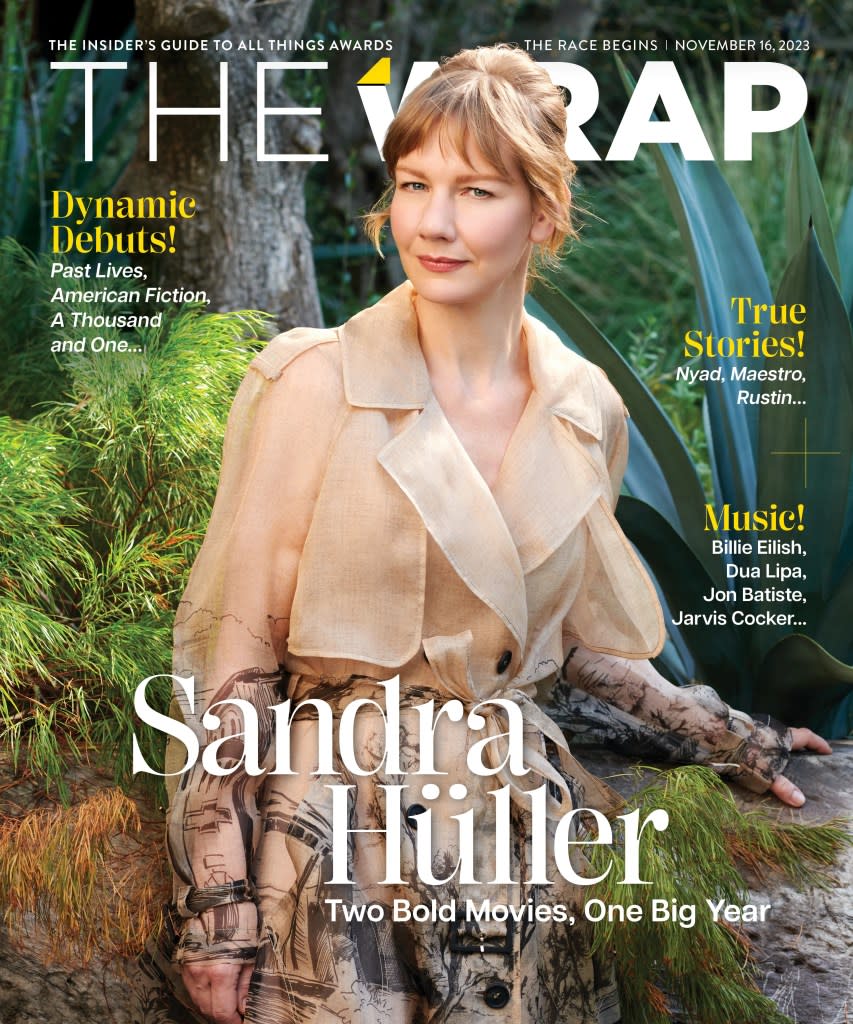Song or Score? ‘The Holdovers’ Music Blurs the Line
Alexander Payne’s “The Holdovers” is set in the early 1970s, and the director is so determined to capture the feel of that era that he begins his film with an old-style MPAA ratings card and a fake Focus Features logo that is somebody’s (very funny) impression of what the Focus logo might have looked like if the company had existed in 1973.
But Payne’s nods to the era don’t end with what you see on the screen. That’s a lesson that the film’s composer, Mark Orton, learned early on.
“There were a lot of recording concerns with this project,” said Orton, who also worked with Payne on “Nebraska” in 2013. “As would’ve been the case in a film from 1970, the sound you’re hearing in the theater is in mono.”
He laughed. “It’s not the way we normally work in this age of Dolby Atmos and whatever else. So in terms of recording, I had to think a lot about that.”
Orton didn’t necessarily mind going mono because he prefers to use vintage equipment when he records and to mix in analog rather than digital. But the Portland, Oregon-based composer and songwriter, a founder of the Tin Hat chamber music group, also found the music of the ’70s affecting his “Holdovers” score in other ways.
“I was wearing a few different hats,” he said. “One was to do comedy scoring, although I like to think I had my own take on it, using a chamber orchestra with plucked strings pizzicato. There’s also a more traditional side of scoring where I developed themes, where I was leaning toward spare instrumentation with solo alto and bass flutes, or low piano cues that are more into the internal, character-based kind of scoring.
“And then the third thing, which I don’t get to do a ton of to the level I’m doing here, is what we jokingly call scource, where it’s sort of like half score, half source music.” Those cues, which share the soundtrack with pop, folk and rock songs of the era, often feel as if they’re the beginning of another period song, before they turn out to be part of a score that seamlessly exists alongside the older songs.
“I’m going after that early ’70s sound, which is a really fun thing to go after,” he said. “For me, it was like my older brother’s record collection that I coveted. He was 10 years older than me, and it’s the music that I grew up listening to and covering in bands. I don’t get a lot of chances to pull out a 1969 Gibson Les Paul and an old amp and go after the tones that they were built to make.”

The sonic palette created by the songs — “the stepchildren of Cat Stevens and Jim Croce, although it does get a bit heavier at times” — forced Orton to adjust his own music accordingly. “The score is definitely interwoven in a pretty dense soundtrack of songs,” he said. “I really did have to think about that, because any kind of hairpin turns from that aesthetic are going to draw notice and potentially take you out of the picture. But there are also times when the movie wants to tip toward a different kind of emotional palette that is more my own thing.”
Payne, it turns out, wasn’t even aware of how much of Orton’s own thing “The Holdovers” was. When the composer was in his early 20s, he worked at the Knitting Factory club in New York City but lived on a farm in Western Massachusetts. “I would make the long commute just a few miles from the Deerfield Academy, where this was largely filmed,” he said. “Those roads they’re driving on in some scenes are roads that I know really well, in a part of the world that I truly love.
“It was surreal, and it’s nothing that Alexander knew about me.”
This story about Mark Orton and “The Holdovers” first appeared in the Race Begins issue of TheWrap’s awards magazine. Read more from the Race Begins issue here.
The post Song or Score? ‘The Holdovers’ Music Blurs the Line appeared first on TheWrap.

 Yahoo News
Yahoo News 

